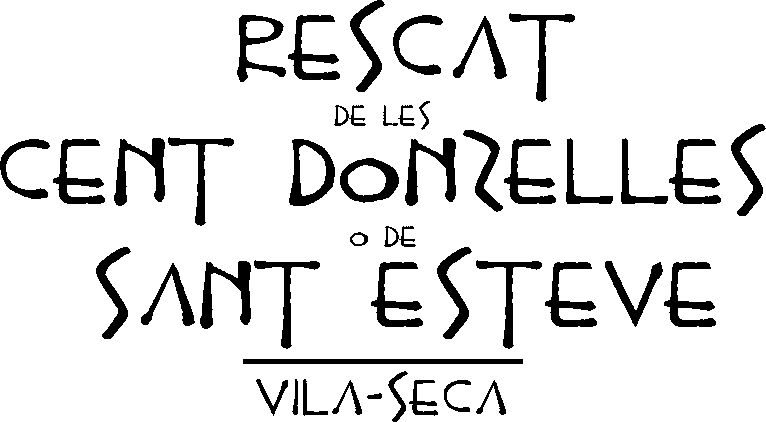Illustrations of the legend written in the manuscript: Genealogy and the Descendants of those of the House and Family of Pinós. Directed to the Excellency, Isabel Margarita of Híjar and of Pinós, Duchess of Híjar and Countess of Belxit, written by Bernat Galceran de Pinós in 1620, and preserved in the AMSMB.
Almeria fell into Christian power on October 17th of the same year. There are no testimonies that confirm the participation of Galceran de Pinós in the conquest, but given the category and push of the Pinós, the presence of the knight is likely in the warlike industry; At that time, he was the head permanent group of the armed people at the service of the count.
The captivity and request of high lineage people was a common practice in the encounters between Saracens and Christians. Thus, Bishop Udalgard of the Catalan diocese of Elna complaint in the council of Narbonne, convened in 1134, that some counties of his diocese had undergone incursions of pirates who had captured some Christians, for the rescue of which they asked for a hundred virgin maidens; his testimony is far from the insane legendary, therefore the young ladies were robbed and transferred to the ships that had to drive them to their black destiny, her mothers were crying a lot.
In this council a decree is issued requesting alms for the captives’ rescue. This way of acting lasted until next century; We can cite the cases of exchange of captives and rescues that were produced on the coasts of Tarragona, in particular we have knowledge that prisoners were rescued in the hermitage of the Virgin of La Pineda, in Vila-seca, between the years 1555 and 1564. Therefore, there is a temporary coincidence between the council of Narbona in 1134 and the campaign of Almeria in 1147; These historical facts sustain and give meaning to the legend.


